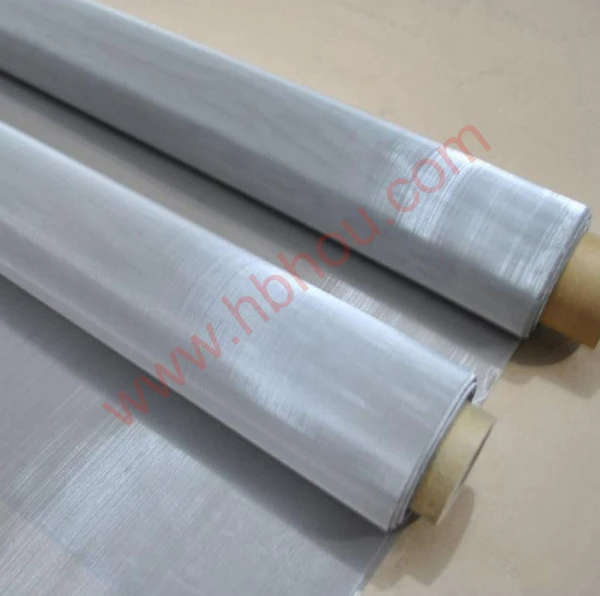The Evolution and Applications of Black Razor Wire
Black razor wire, a modern twist on traditional barbed wire, has gained significant attention for its effectiveness in security and deterrent measures. While barbed wire has been utilized since the late 19th century, the introduction of razor wire transformed the landscape of perimeter security. The sleek design and menacing appearance of black razor wire offer not only physical barrier capabilities but also psychological deterrence.
Design and Composition
Black razor wire is composed of sharp, flat blades affixed to a central wire. These blades are designed to inflict injury, making climbing over or cutting through the wire extremely hazardous. The black coating on razor wire serves a dual purpose it enhances durability and corrosion resistance while providing a less intrusive aesthetic compared to the traditional galvanized steel finish. This makes it a popular choice for locations where maintaining a low profile is essential, such as residential areas or commercial properties with a focus on aesthetics.
Applications
The applications of black razor wire are widespread and diverse. One of the most prominent uses is in high-security areas such as prisons, military bases, and government buildings. The intimidating appearance and effective design act as a strong deterrent against trespassers and unauthorized access. In addition to institutional use, black razor wire is increasingly being adopted by private companies and homeowners seeking to protect their properties from theft and vandalism.
Furthermore, this type of wire is invaluable in critical infrastructure protection, including power plants, water treatment facilities, and telecommunications equipment. Given the rising concerns about asset protection and terrorism, security measures that integrate black razor wire are becoming commonplace in safeguarding essential services.
black razor wire

Benefits
One of the primary benefits of using black razor wire lies in its enhanced security features. The razor-sharp blades create a formidable barrier that is difficult to breach. Many security professionals advocate for its use in combination with other security measures, such as surveillance cameras and motion detectors, to create a comprehensive security system. This multilayered approach significantly increases the chances of deterring potential intruders while providing valuable time for law enforcement response if an attempt is made.
Another advantage is the relatively low maintenance required for black razor wire fencing. Once installed, it can withstand harsh weather conditions and remains effective over time. This longevity makes it a cost-effective option for organizations looking to invest in long-term security solutions.
Cultural Perceptions
As its presence has increased in various settings, so too has the cultural perception of razor wire. While it serves a critical function in security, its use can evoke feelings of oppression and fear. The association with confinement, particularly in prison settings, has led to debates about the psychological impacts of such barriers in society. As communities strive for safer environments, the challenge remains to balance security needs with public sentiment and the importance of open, inviting spaces.
Conclusion
Ultimately, black razor wire represents both a practical security solution and a complex symbol of safety and confinement. Its evolution and applications reflect a growing awareness of the need for effective deterrents in an increasingly uncertain world. As technology and security methods continue to advance, the role of black razor wire will likely adapt, maintaining its significance in the ongoing dialogue about safety, security, and community well-being.
















